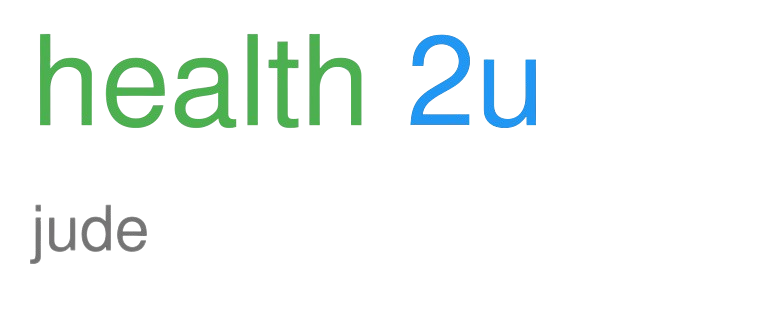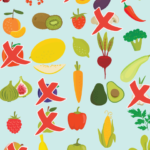The Midday Meal: Exploring the Significance of Lunch
Lunch, the meal typically eaten around midday, occupies a significant position in our daily routines. It’s a break from work or other activities, a chance to refuel, and often a social opportunity. Understanding the evolution, cultural variations, and health implications of lunch provides valuable insights into its enduring relevance.
A Historical Perspective: From Feast to Efficiency
The concept of a midday meal hasn’t always existed in its modern form. Historically, breakfast and dinner (or supper) were the primary meals. In medieval times, the main meal was often taken in the late afternoon. The rise of the modern industrial workplace, with its structured work hours, fundamentally reshaped eating habits. The need for a break, providing workers the opportunity to eat and rest, gave birth to the formalized “lunch break.”
Initially, lunch was often a simple affair, consisting of leftovers or easily portable items. The industrial revolution, however, spurred the growth of restaurants and food vendors, catering to the expanding workforce. This period saw the development of the “lunch pail” or “lunch box,” a practical container for carrying food from home.
Over time, lunch evolved with societal changes. World Wars and economic booms impacted the types of food available and the ways people ate. The post-war era witnessed the rise of processed foods and fast-food chains, significantly altering lunch options and eating habits. Today, lunch encompasses a wide range of possibilities, reflecting diverse cultural influences, dietary preferences, and time constraints.
Cultural Variations: A World of Midday Delights
Lunch isn’t a universal concept; its form and significance vary dramatically across cultures. In many Western countries, a quick, on-the-go lunch is common, often involving sandwiches, salads, or pre-packaged meals. The focus is frequently on efficiency and convenience.
Conversely, cultures in the Mediterranean region, such as Spain and Italy, often prioritize a more leisurely and social lunch. Siesta is common in Spain, allowing for a long break and a substantial midday meal, often lasting several hours. The focus is on connection, conversation, and enjoying freshly prepared food. In Italy, lunch may be a multi-course affair, featuring pasta, meat, and vegetables, followed by coffee and perhaps a short rest.
In Asian countries, the importance of lunch also varies. In Japan, bento boxes are a popular choice, offering a balanced and aesthetically pleasing collection of foods. In other parts of Asia, lunch may be a street food experience, with vendors offering flavorful and affordable options like noodles, rice dishes, and dumplings. The choice reflects access, local ingredients, and prevailing social patterns.
The Nutritional Considerations: Fueling the Afternoon
Lunch plays a crucial role in maintaining energy levels and supporting productivity throughout the afternoon. Choosing nutritious foods is essential for both physical and mental well-being. A well-balanced lunch should ideally include:
- Complex Carbohydrates: These provide sustained energy release. Examples include whole-grain bread, brown rice, quinoa, and sweet potatoes.
- Lean Protein: Protein helps maintain satiety and supports muscle function. Good sources include grilled chicken or fish, lean meats, beans, lentils, eggs, and tofu.
- Healthy Fats: Essential for brain function and overall health. Options include avocados, nuts, seeds, and olive oil.
- Fruits and Vegetables: Packed with vitamins, minerals, and fiber, they contribute to overall health and help prevent chronic diseases. Aim for a variety of colors to ensure a broad range of nutrients.
Avoiding excessive amounts of processed foods, sugary drinks, and saturated fats is crucial for preventing energy crashes and maintaining stable blood sugar levels. The impact of the lunch on productivity, cognition and overall well-being should be considered.
Lunch Break Benefits: Beyond Nutrition
The lunch break offers benefits beyond simply refueling the body. It provides essential opportunities for:
- Stress Reduction: Taking a break from work or other demanding activities allows the body and mind to relax. Stepping away from the work environment, even for a short time, can help reduce stress and improve mood.
- Social Connection: Sharing lunch with colleagues, friends, or family can strengthen social bonds and improve overall well-being. Social interaction during the lunch break can foster teamwork and collaboration.
- Mental Refreshment: A change of scenery and a break from cognitive tasks can help improve focus and concentration. Taking a short walk or engaging in a relaxing activity during lunch can refresh the mind and enhance productivity.
- Improved Productivity: Properly fueled and rested, individuals are likely to experience increased productivity and efficiency in the afternoon. A well-timed lunch break can help prevent mental fatigue and maintain a high level of performance.
Lunch on the Go: Navigating Modern Lifestyles
Modern lifestyles often present challenges for planning and enjoying lunch. Time constraints, busy schedules, and the availability of convenient options can influence lunch choices. Here are some tips for optimizing lunch in a fast-paced world:
- Plan Ahead: Preparing lunch the night before or on weekends can help ensure a healthy and satisfying meal.
- Pack Smart: Invest in reusable containers and pack a variety of nutrient-rich foods.
- Embrace Quick and Easy Options: Opt for salads, wraps, or pre-cut vegetables and fruits.
- Explore Healthy Takeout Options: Research restaurants and food vendors that offer nutritious choices.
- Prioritize Breaks: Make it a priority to take a break, even if it’s just for a few minutes.
- Hydration: Drink water throughout the morning and during lunch to stay hydrated.
The Future of Lunch: Trends and Transformations
The future of lunch is likely to be shaped by several trends:
- Increased Demand for Convenience: The fast-paced nature of modern life will continue to drive demand for quick and easy lunch options, but in more mindful approaches.
- Emphasis on Health and Wellness: Consumers are increasingly prioritizing healthy eating, leading to a rise in demand for nutritious and sustainable lunch choices.
- Growing Popularity of Plant-Based Options: Vegetarian and vegan lunches are becoming more popular, reflecting growing awareness of the environmental and ethical impacts of food choices.
- The Rise of Delivery and Online Ordering: The ease of ordering food online and having it delivered will continue to grow, changing the way people access lunch options.
- Focus on Sustainability: Reducing food waste and promoting sustainable food practices will become increasingly important, leading to greater adoption of eco-friendly packaging and locally sourced ingredients.
Lunch, as a ritual, holds a profound impact on both individual and societal well-being. Understanding its historical evolution, cultural nuances, and nutritional significance allows us to make informed choices and appreciate the value of this essential midday meal. By carefully considering our options, we can leverage lunch to support health, productivity, and social connection in our daily lives.





